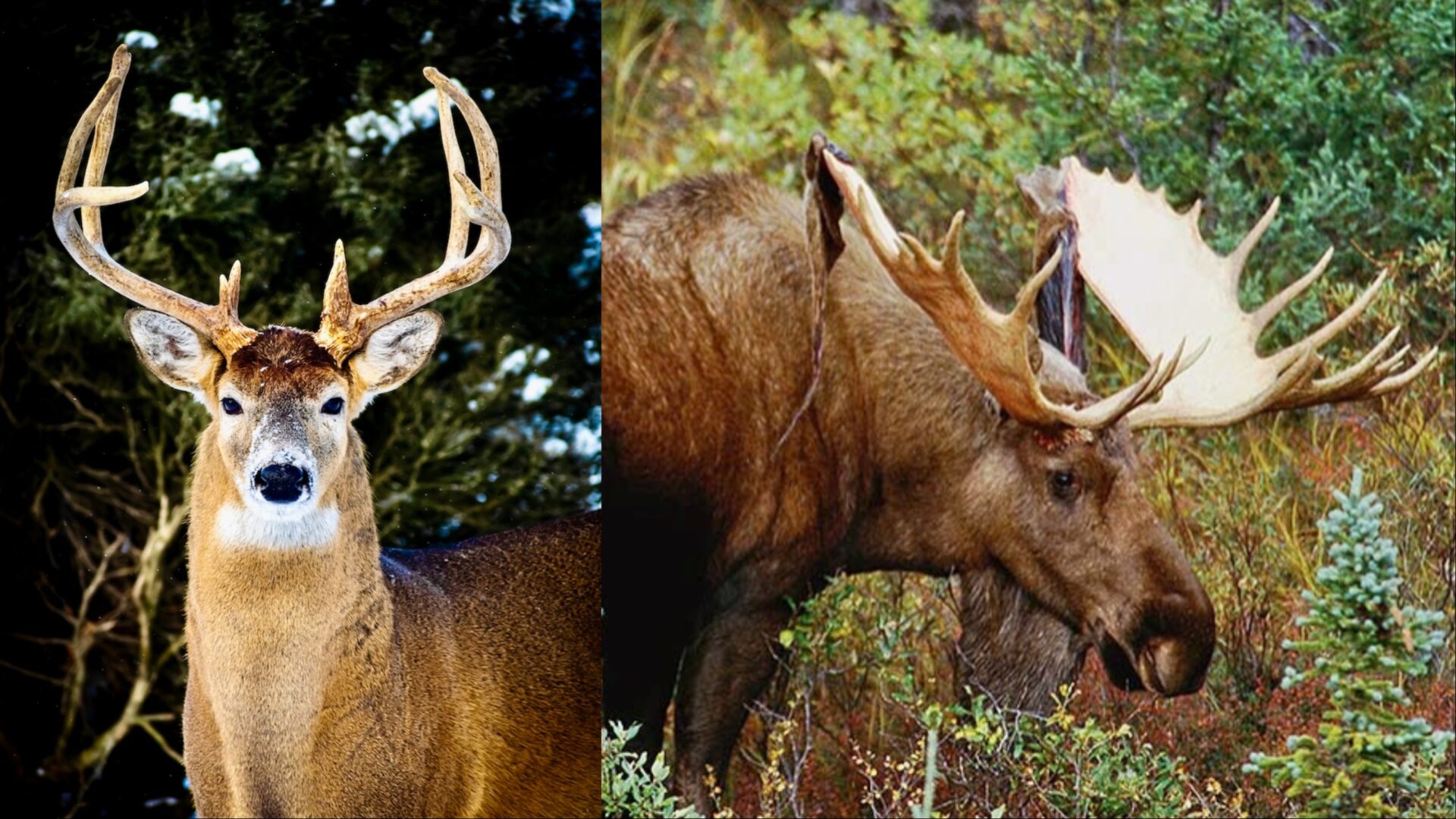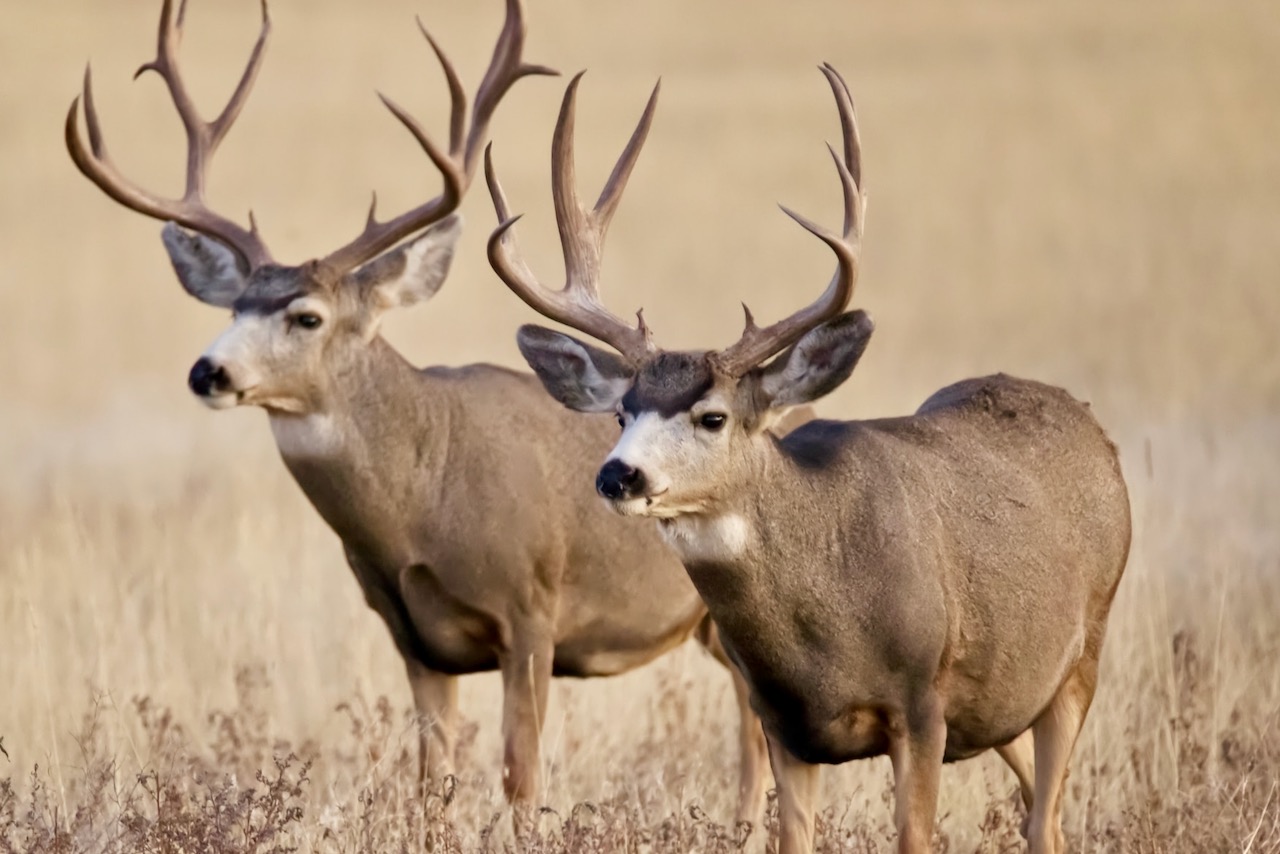ANTLER ACADEMY
Here’s what you need to know to bring home a true trophy—and stay on the right side of the regs
Advertisement

#1 WHAT EXACTLY ARE ANTLERS?
Antlers are essentially bone, and male members of the deer family (Cervidae) grow these bony decorations on their heads every spring, then shed them every winter. In fact, a set of deciduous antlers is one of the defining characteristics of cervids, and it differentiates them from other wild animals with headgear, such as bighorn sheep, mountain goats and bison in the Bovidae family. Rather than antlers, bovids have permanent horns made of a hard protein called keratin laid over a bony core.
In Canada, the cervids include moose, elk, caribou and several species of deer, most notably whitetails and mule deer. All males of these animals—and the odd female—have antlers. Caribou are unusual in that both sexes regularly grow antlers. (The true oddball in all of this is the pronghorn antelope. While neither a cervid nor a bovid, the pronghorn stands out because its horns are shed and regrown each year.)
Advertisement
Most yearling cervid males have a pair of spike or small forked antlers, and each spring, as a new antler set is regrown, both the size and number of points increases. Since there are several factors that can influence antler growth, however, the number of points is seldom an accurate indication of the animal’s age.
All cervids—including yearling moose—grow cervicorn antlers, which consist of main beams with numbers of forks or points sticking out. The arrangement of these points along the main beam is one way to differentiate the species. As moose and fallow deer males grow, they develop their characteristic palmicorn antlers, which are broad and flat with points on the outer edges.

